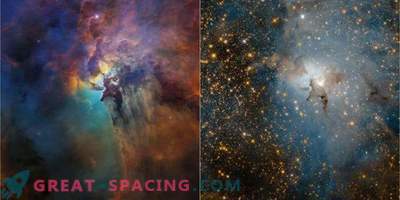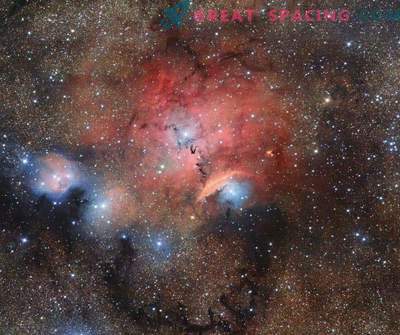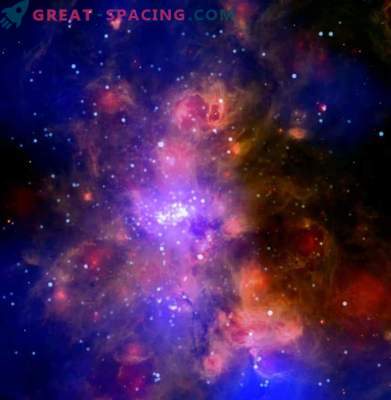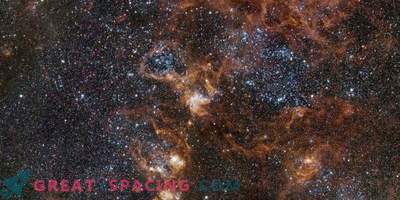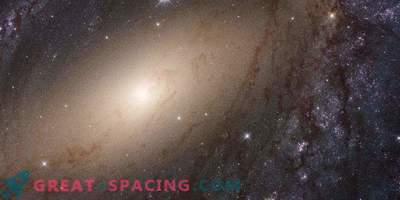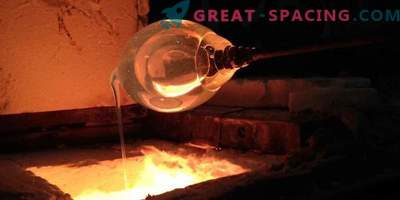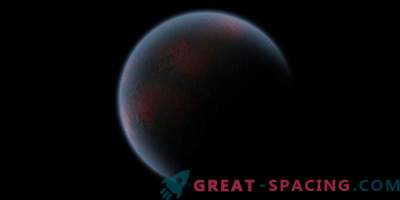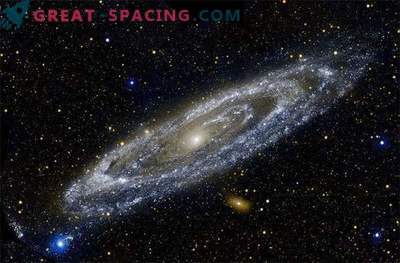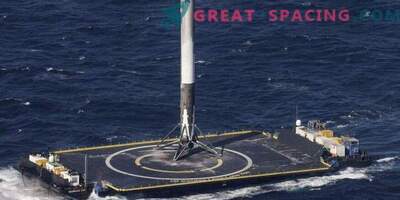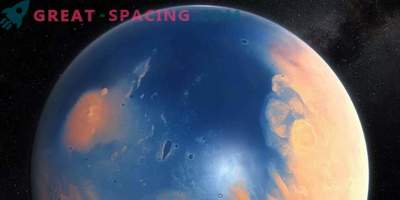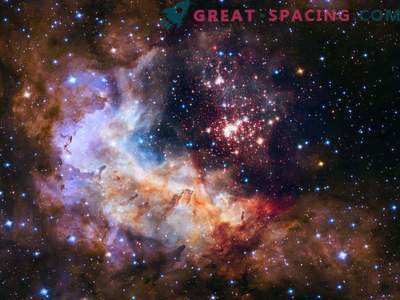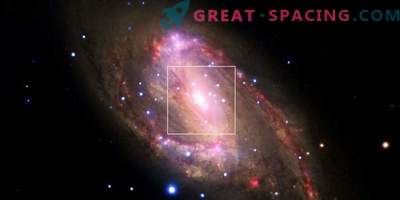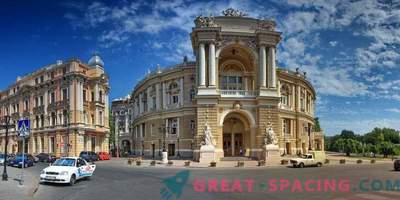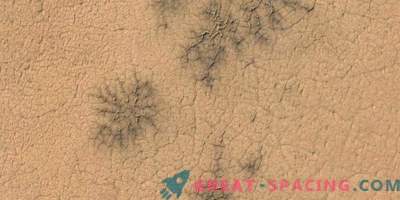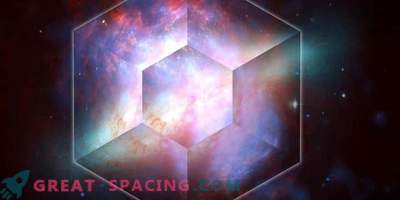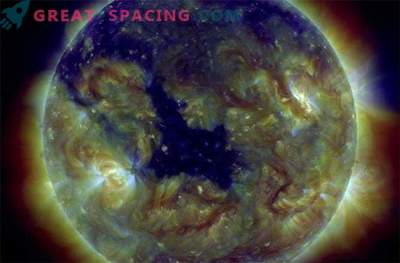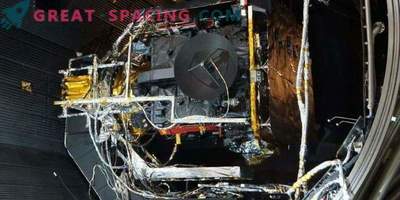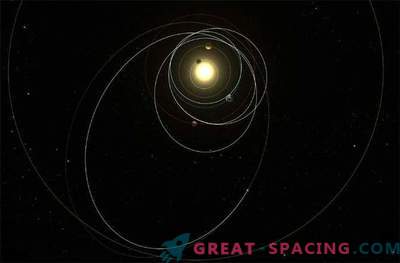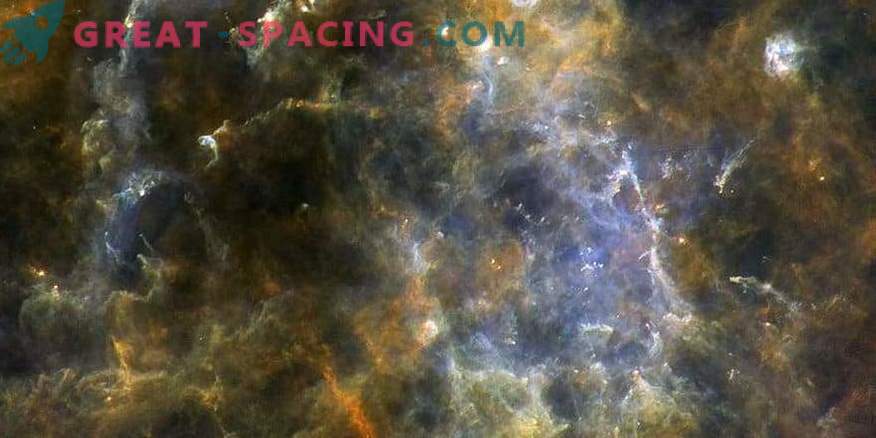
The Milky Way Plane is replete with areas of star formation, one of which is demonstrated in a photograph of the Herschel Space Observatory. The infrared camera managed to notice a complex network of gas filaments and dark bubbles with bright dots where new stars come to life.
Cold areas emit light at longer wavelengths and are displayed in reddish brown. Incandescent areas with intense star birth - blue and white. Areas characterized by special brightness contain a large number of massive stars.
Researchers believe that there is a connection between the starry and filamentary structure. In the most dense filaments, the gas loses stability and creates accumulations of material bound by gravity. If they were dense enough, they would collapse and become places for the birth of new stars. Herschel's surveys showed that the complexity of the thread-like structure is visible throughout the galaxy. At a distance of 1500 light from the Sun, the filaments seem to be approximately the same in width (1/3 of a light year). So there is a common physical mechanism of their origin. It may be associated with the turbulent nature of interstellar gas clouds.
The picture shows the territory of the Kiel Nebula (NGC 3372). It is distant from us at 7500 light years and is considered one of the largest gas and dust clouds in the Milky Way. There is also one of the brightest stars - Eta Carina.
Herschel, operating in 2009-2013, was a large space telescope that observed the sky in the far infrared and submillimeter spectral ranges. This made it possible to track the glow of stars hidden behind cold dust.



